Mar 25, 2025
Atomic Layer Deposition (ALD) is a thin-film deposition technique used in various high-precision applications, including semiconductor manufacturing, optics, and nanotechnology.
ALD is a process that allows for the controlled deposition of thin films at the atomic level by sequentially introducing precursor gases in a cyclic manner.
This results in highly uniform, pinhole-free coatings with excellent thickness control, making ALD a preferred method for advanced material applications.
Chemical Vapor Deposition (CVD) and Atomic Layer Deposition (ALD) are both vapor-phase deposition techniques. However, they differ significantly in process and outcomes:
◆ ALD: Operates in a self-limiting manner, where precursor gases are introduced separately in alternating pulses, leading to precise atomic-level control over film thickness.
◆ CVD: Involves the simultaneous introduction of precursor gases, which react on the substrate to form a film. This process typically results in faster deposition rates but less uniformity compared to ALD.
The primary advantage of ALD over CVD is its ability to produce ultra-thin, conformal coatings with excellent step coverage, making it ideal for applications requiring extreme precision.
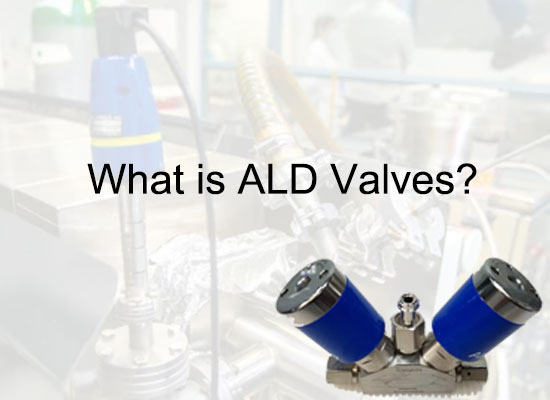
An ALD valve is a specialized valve designed to handle the highly controlled precursor gas pulses required in the ALD process.
These valves play a crucial role in regulating gas flow, ensuring precise dosing and rapid cycling between different reactants.
Among the different types of ALD valves, ALD diaphragm valves are widely used due to their ability to provide ultra-fast response times and maintain a high degree of process control.
These valves are engineered to withstand extreme operating conditions, such as high temperatures and corrosive gases, making them essential components in ALD systems.
ALD valves are designed with several key features to optimize the deposition process:
◆ High-speed operation: ALD processes require extremely fast switching times, and ALD valves are designed for rapid response to ensure precise dosing.
◆ Minimal dead volume: Reducing dead volume in the valve prevents gas accumulation and improves process efficiency.
◆ High-temperature resistance: ALD reactions often occur at elevated temperatures, requiring valves made from materials capable of withstanding harsh environments.
◆ Corrosion resistance: ALD precursor gases can be highly reactive, necessitating the use of chemically resistant materials such as stainless steel or Hastelloy.
◆ Leak-tight sealing: Ensures that precursor gases do not mix prematurely, which could lead to contamination or unwanted reactions.
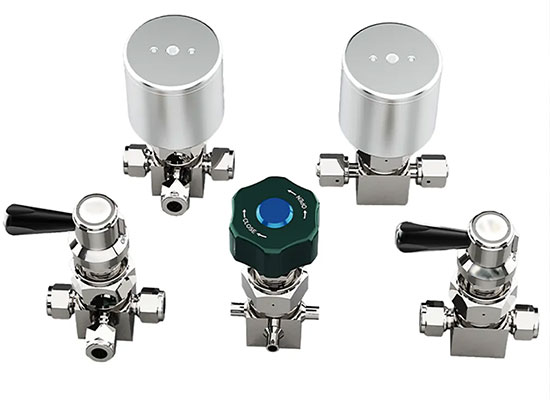
The response time of an ALD valve is one of its most critical performance factors. ALD valves are specifically designed for high-speed operation, with response times typically in the range of milliseconds. The ultra-fast actuation of these valves ensures that precursor gases are delivered precisely when needed, allowing for the accurate and repeatable deposition cycles required in ALD applications.
For industries that rely on ALD technology, choosing the right ALD valve and ALD diaphragm valves can significantly impact the efficiency and quality of the deposition process. Understanding the role of these valves and their features helps ensure optimal performance in advanced manufacturing environments.
If you Want to Know More Please, Contact us!
You May Interest In
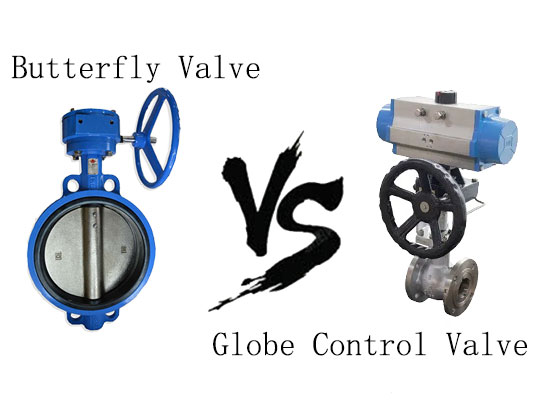
Mar 20, 2025 Blog
Butterfly Valve vs Pneumatic Globe Control Valve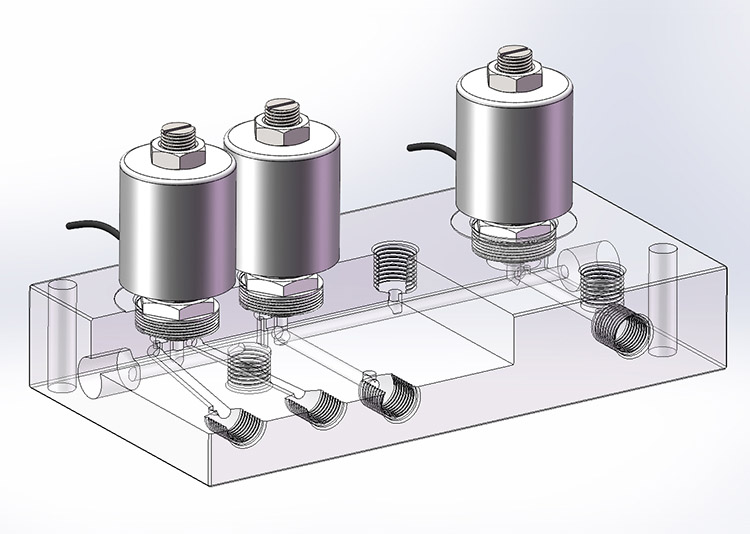
Mar 10, 2025 Blog
How does Fokca Customize Manifolds for Customers?
Mar 06, 2025 Blog
Pneumatic Globe Control Valve: An Overview
Mar 01, 2025 Blog
Pneumatic Angle Seat Valve Selection Criteria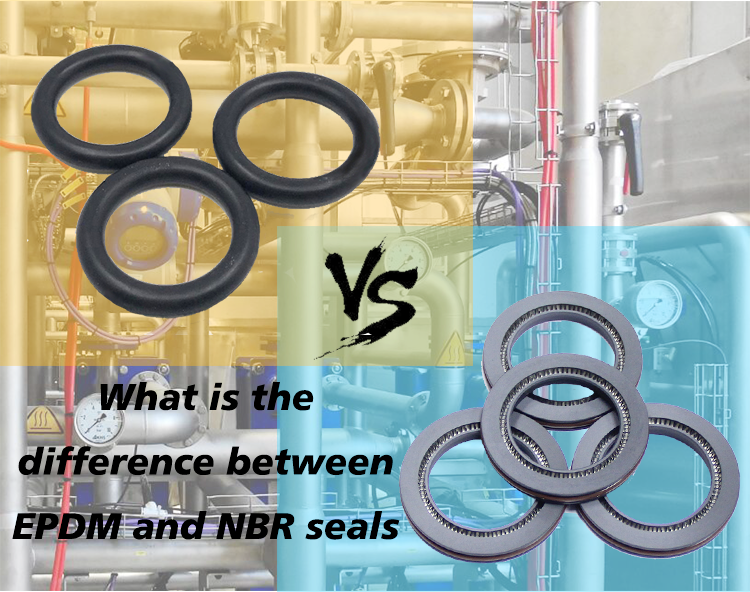
Feb 13, 2025 Blog
What is the Difference Between EPDM and NBR Seals?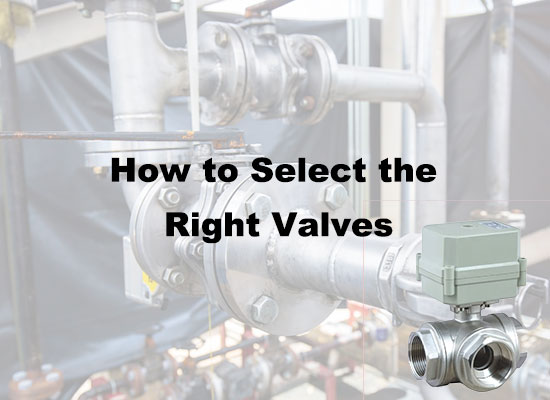

Feb 08, 2025 Blog
What deos a pressure regulator do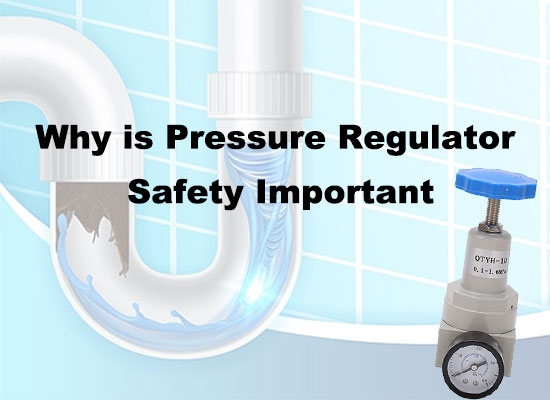
FOKCA ©1998-2025 All Rights Reserved Sitemap